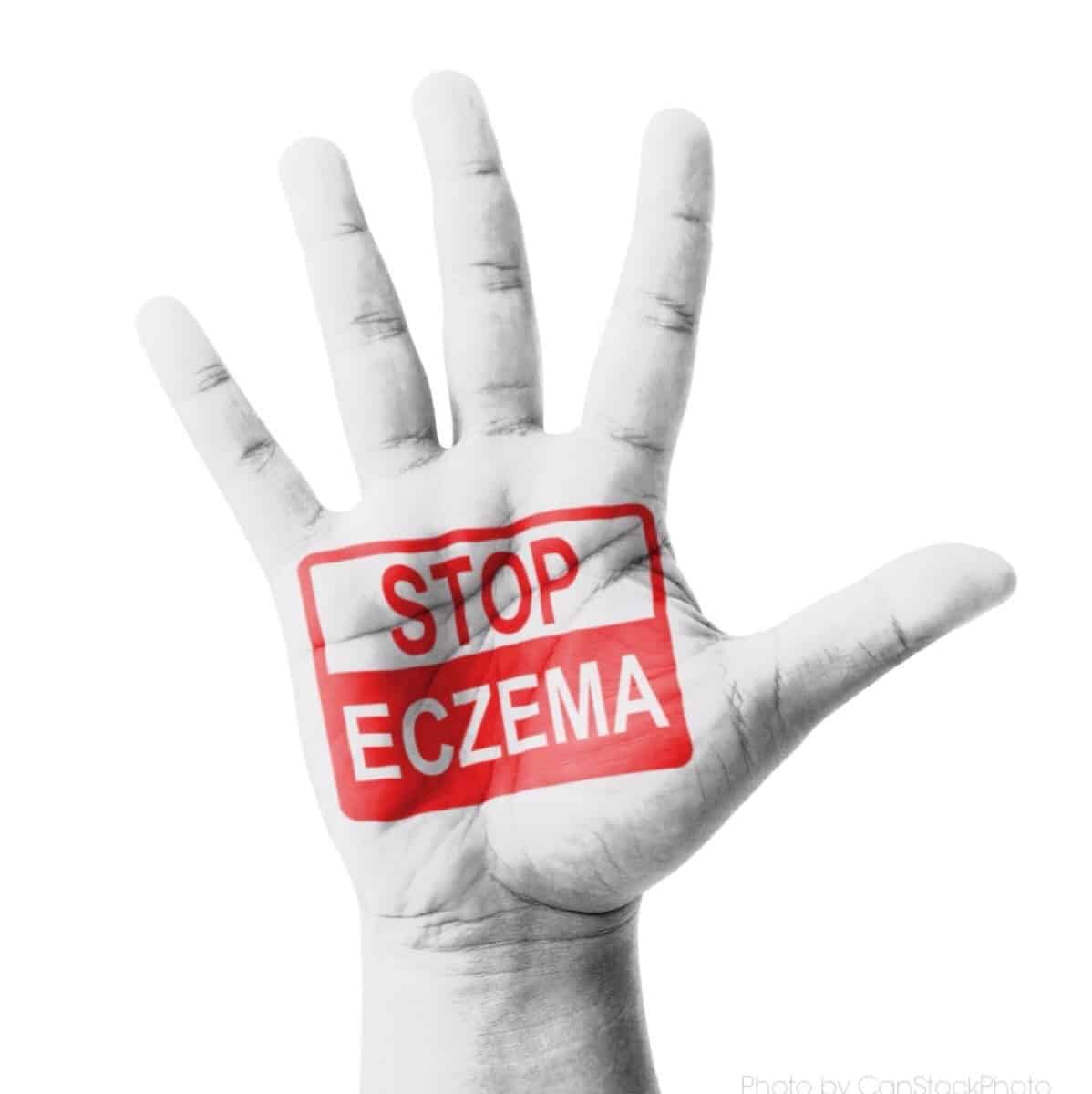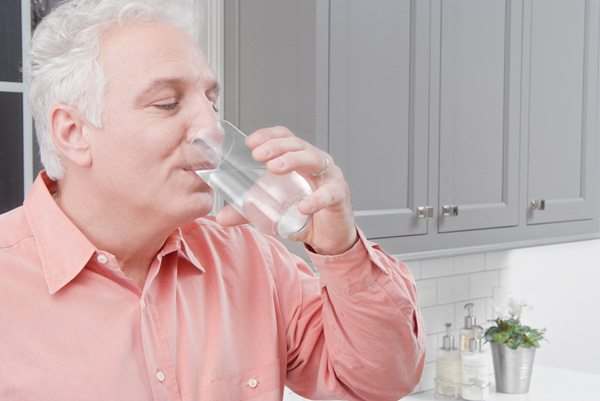Do you or someone you know have eczema? Eczema is a medical condition also known as atopic dermatitis. Eczema causes healthy skin to become inflamed or irritated, in addition it is usually characterized by sore, itchy and burning skin. According to the National Eczema Association 30 million Americans, both adults and children are afflicted by this chronic skin disease.
Healthy skin appears smooth, soft, and supple but some visible symptoms of skin afflicted by eczema may be a rash, raised, scaled skin, or the skin may ooze or weep. Eczema can appear on the face, wrists, hands, back of the knees and even the feet.
The cause of eczema is unknown but we do know that many people choose to use a water softener to help alleviate some of the painful symptoms and improve the ability of the skin to naturally heal itself.
The science of soft water allows the soap to clean the skin efficiently and effectively. Hard water has calcium and magnesium. Calcium and magnesium love to bind to the ingredients in our soaps. This can create residue. If you have hard water then you probably have had problems with water spots on your dishes.
Water softeners are engineered to remove the hard calcium from the water, therefore, removing the mineral that allows the soap to stick to your skin. When the calcium is removed the water is considered soft. With a water softener you will also use at least 50-80% less cleaning products. For someone who has eczema, less cleaning products can mean less discomfort and a reduction of painful flare ups. With eczema and water softeners, less is more; less flare ups, less cleaning products lead to more enjoyment in life!
If you have eczema, damaged or dry skin, read more about how Kinetico’s efforts to help in the fight against eczema.


